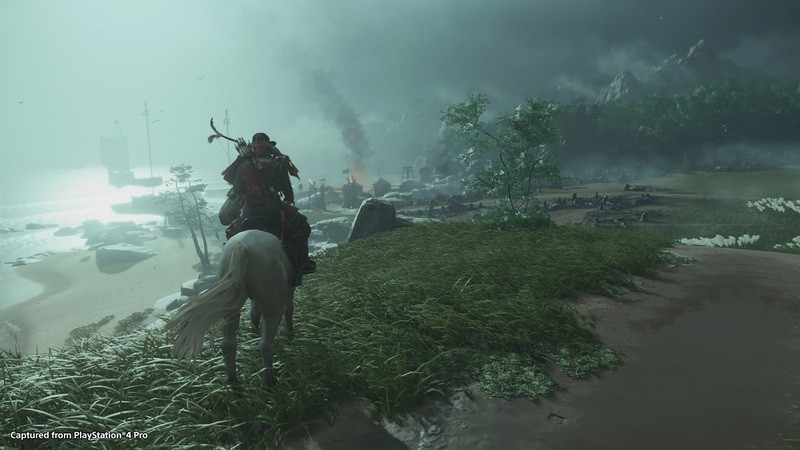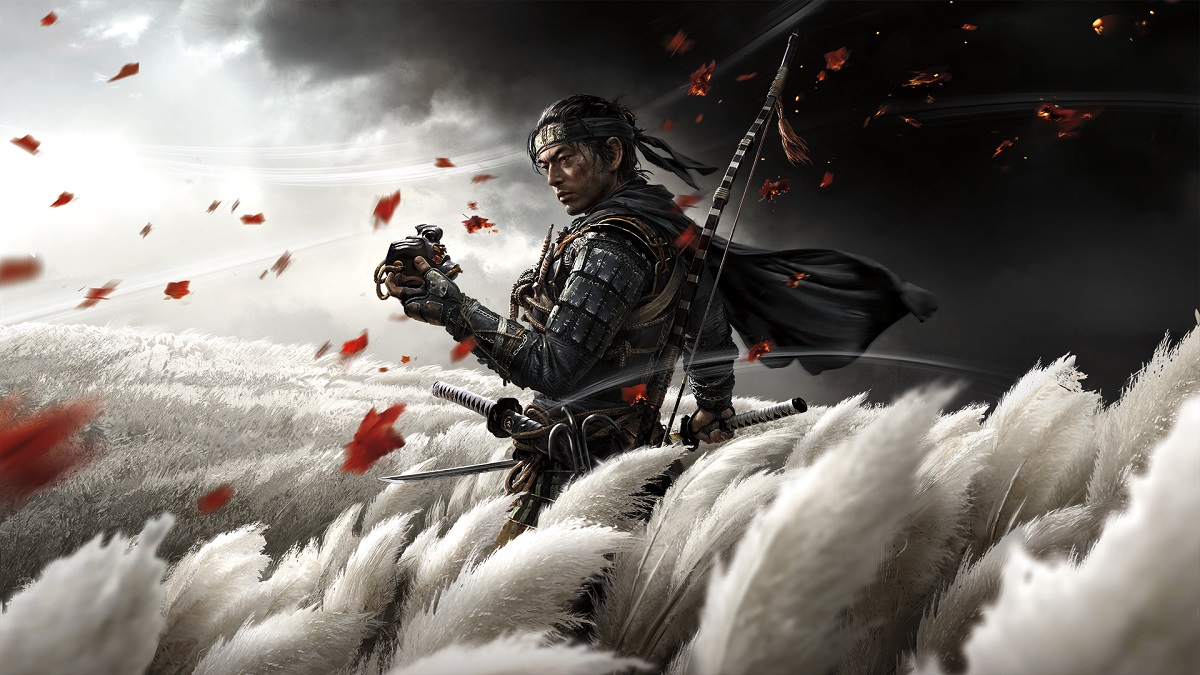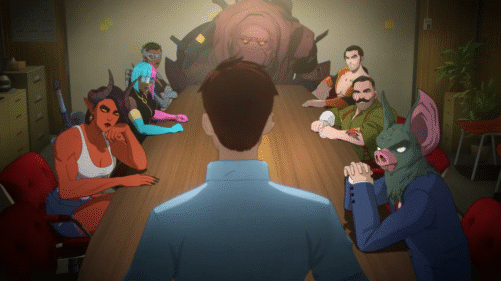Many games embed their cinematic influences in their design or storytelling elements, but few display them as proudly as Sony’s exclusive “Ghost of Tsushima,” an experience built more on the way samurai culture has been portrayed in cinema than anything else. The filmic influence on the developers of this game is so prominent that the entire experience can play out in something called “Kurosawa Mode,” changing the image to black & white with mimicked film grain stock and with Japanese dialogue with English subtitles (also an option in normal, color mode as well). There are other clear influences on “Ghost of Tsushima,” including Takashi Miike’s “13 Assassins,” but the vast majority of the homages here trace back to Akira Kurosawa, including echoes of “The Seven Samurai,” “The Hidden Fortress,” “Kagemusha,” “Ran,” and, most of all, “Sanjuro,” Kurosawa’s 1962 film about a samurai trying to save his uncle from a vicious enemy. Film influences on a game are always interesting, particularly for how we approach the art forms, but how does “Ghost of Tsushima” play beyond its inspirations? It’s an engaging, absorbing title with a few flaws that are overwhelmed by what the game does so well. It’s an experience that’s alternately lyrical and brutally violent, one that pays admirable homage to one of the best filmmakers of all time while also carving its own path.
In late 13th century Japan, you play Jin Sakai (Daisuke Tsuji), a samurai warrior whose entire existence is upended after a Mongol attack led by the vicious Khotun Khan (Patrick Gallagher, who played Attila the Hun in “Night at the Museum”). Essentially left for dead, Jin Sakai has to become a leader to the remaining people of his country or watch it fall entirely to the Mongols. Structured as a game that balances open-world exploration, side missions, and main story missions, “Ghost of Tsushima” charts the trajectory of an uncertain, nearly dead young man to the legendary character that gives the game its title, someone whose deeds and legend grow with each chapter of the story.
This is a game about building personal power through each accomplishment. There’s almost nothing you can do in the game that doesn’t make you stronger in some way—new gear, new techniques, new strategies—and the very structure of the growth of Jin Sakai makes “Ghost of Tsushima” remarkably addictive. Every new enhancement to the skill set of Jin Sakai is something you’ll want to try out for yourself, giving the game a startling momentum. Hours and days will pass in Tsushima as you try new gear, stances, techniques, etc.

In terms of play style, it’s a remarkably open, fluid experience. It has a clear story and side mission structure, but it also greatly encourages exploration of a massive world that has new things to discover across every horizon. “Ghost of Tsushima” contains one of the most vibrant and fascinating environments ever produced with new villages, shrines, enemy outposts, and more around every bend. Naturally, there are sections of this giant world that you don’t want to visit until you’re strong enough to do so, but a lot of open-world games feel as restrictive as linear storytelling whereas “Ghost of Tsushima” always presents the player with multiple options as to what to do next. It adds a sense of player authorship that’s often missing from games like this one.
That sense of authorship extends to how the player approaches encounters too. Most of the combat in the game will come at the end of your katana, tanto, or arrows. The first is used face-to-face, the encouraged route of the samurai—the first time that you kill from the shadows and stab someone in the back, a flashback plays out reminding you that a samurai always looks his enemy in the eyes. The katana fighting system is classic melee with a light & heavy approach, although that’s enhanced in a unique way with a “stance” structure, in which certain stances work better depending on the enemy. It takes some getting used to, but you will need to learn how to fluidly move mid-encounter from something like Stone Stance, which works well on shielded enemies, to Wind Stance, which works well against those with spears, for example.
Your Katana is only one weapon/strategy in “Ghost of Tsushima,” although it’s what you’ll use the most. You also have a Tanto, a weapon used from stealth to assassinate Mongols, even if the strategy shames your elders. And long-range weapons become essential, including a variety of arrow types, bombs, and eventually a poisoned blowgun. The game even gives you a grappling hook to climb mountains and seek out shrines. There are times when you feel more like Batman than a simple samurai, but the storytelling here is relatively simple and sleight, and so it’s the skill tree, new techniques, etc. that keep the game’s momentum going in the right direction.

Any game that pays homage to a visual artist as refined as Akira Kurosawa better look incredible and the developers here clearly took that challenge to heart. The varied landscapes, the lush vegetation, the design of the villages—the game looks beautiful. However, its biggest flaw is also a visual one in that the camera work mid-fight can sometimes be infuriating. A lot of “Ghost of Tsushima” consists of Jin Sakai taking on a dozen enemies at the same time, and the camera not only sometimes can’t quite keep up with it but will too often swoop behind something that literally blocks your view of your character. Nothing hurts like getting a katana in the gut because you can’t see through the tree that got between the camera and Jin. As long as we’re on the negative side of the ledger, “Ghost of Tsushima” sometimes feels unnecessarily repetitive. All games like this one are inherently repetitive in terms of mission and battle structure, but I couldn’t shake the feeling that there’s a tighter version of this experience that may have sacrificed some of the expansive world building but produced a leaner story. (The developers have claimed that to do everything in this world would take over 50 hours. That’s a lot of samurai stand-offs.)
The repetitive battles and wonky camerawork can be forgiven in a game that’s this ambitious overall. Every detail feels carefully considered. Even the score comes from a cinematic master, Shigeru Umebayashi, the composer behind “In the Mood for Love,” “House of Flying Daggers,” “A Single Man,” and many more. It’s gorgeous, adding to the lyrical, movie-like feel of the entire experience. Every time there was an element of “Ghost of Tsushima” that felt frustrating, the game would win me back with its undeniable ambition and cinematic lineage. And anything that gets young gamers to watch more Kurosawa is probably a good thing.
Available exclusively on PlayStation 4 on July 17, 2020.












